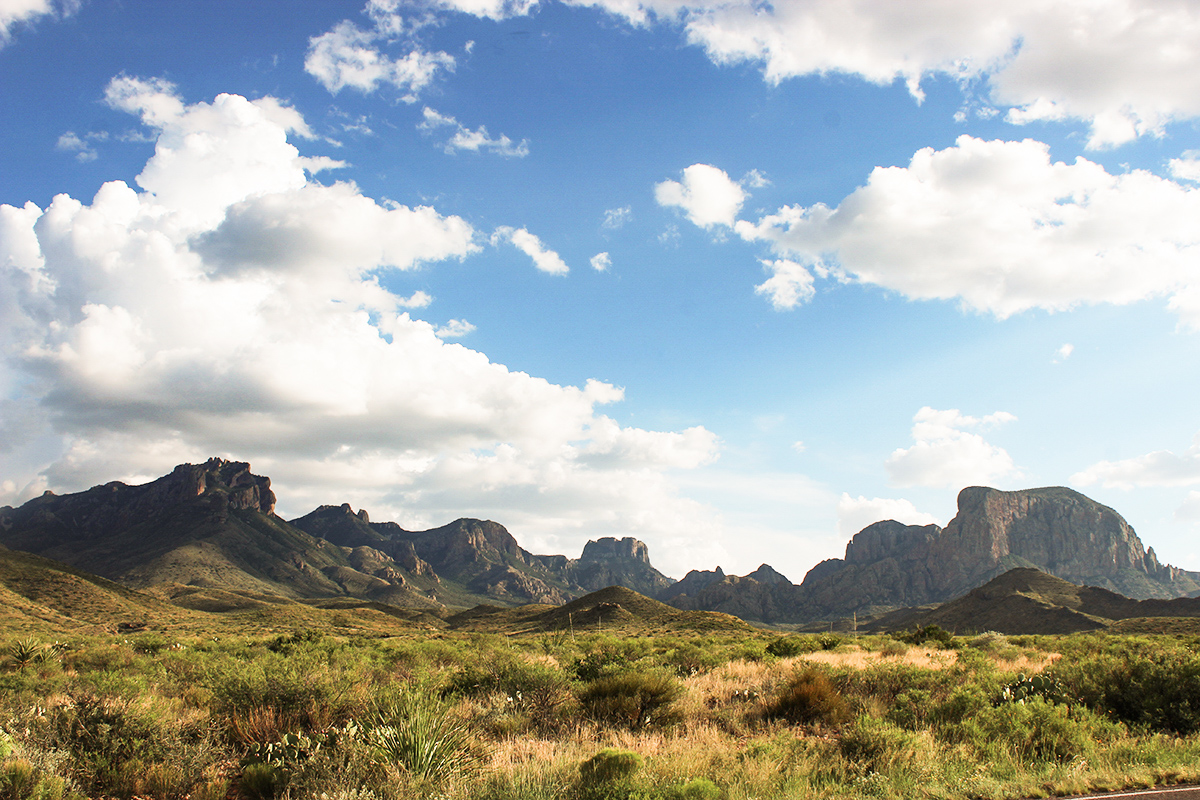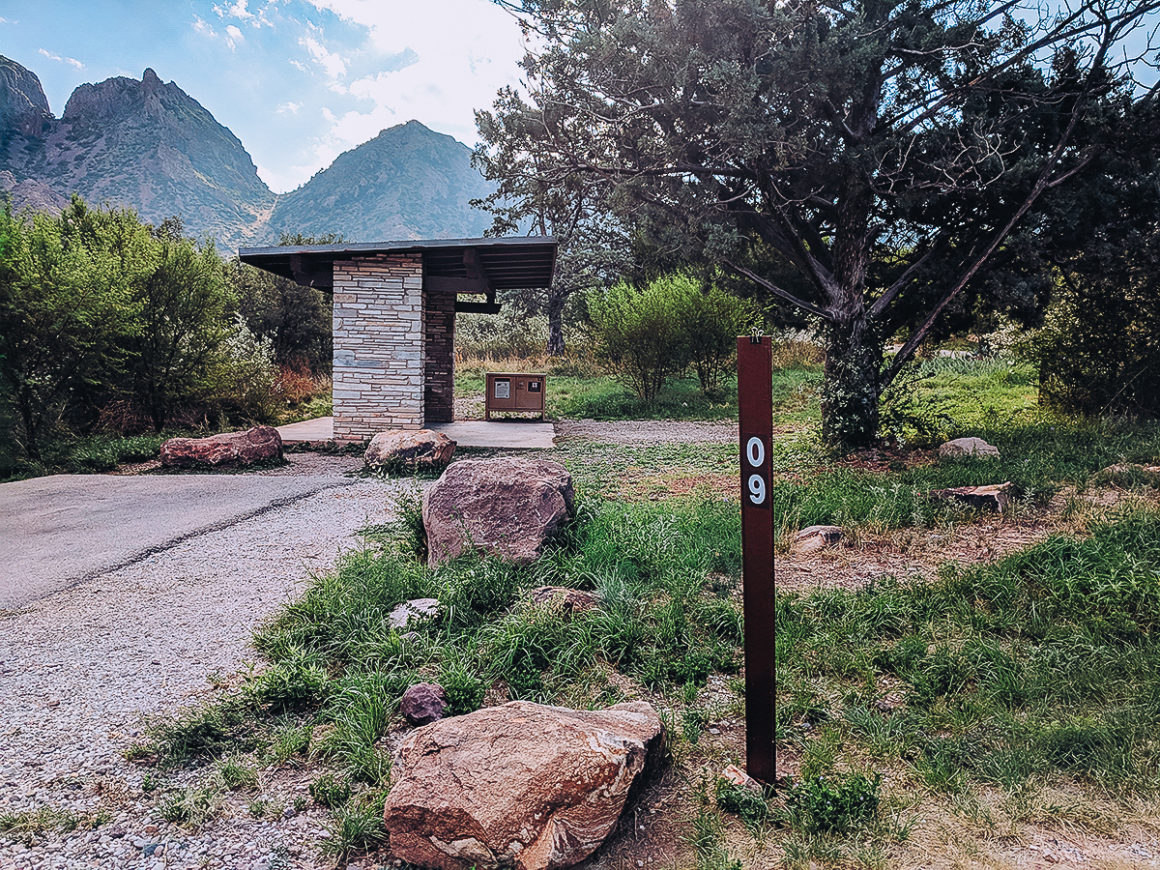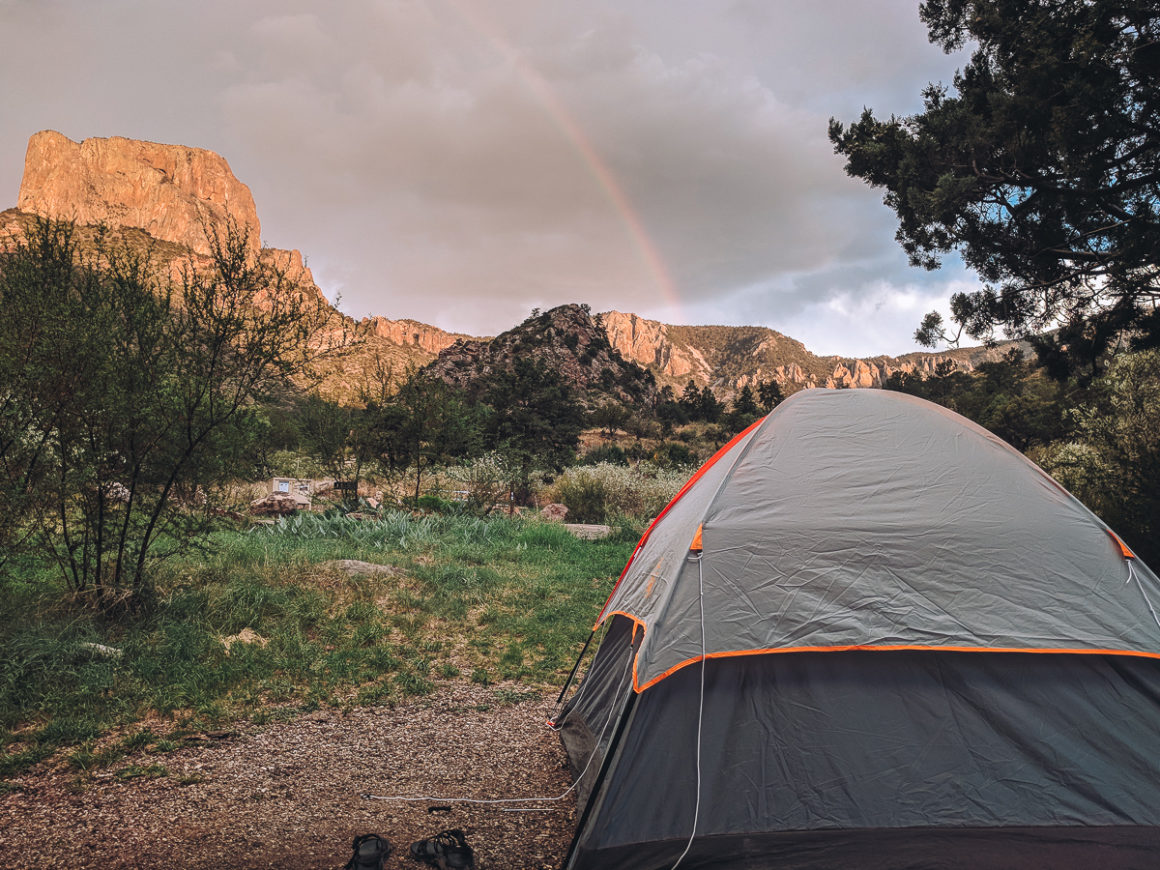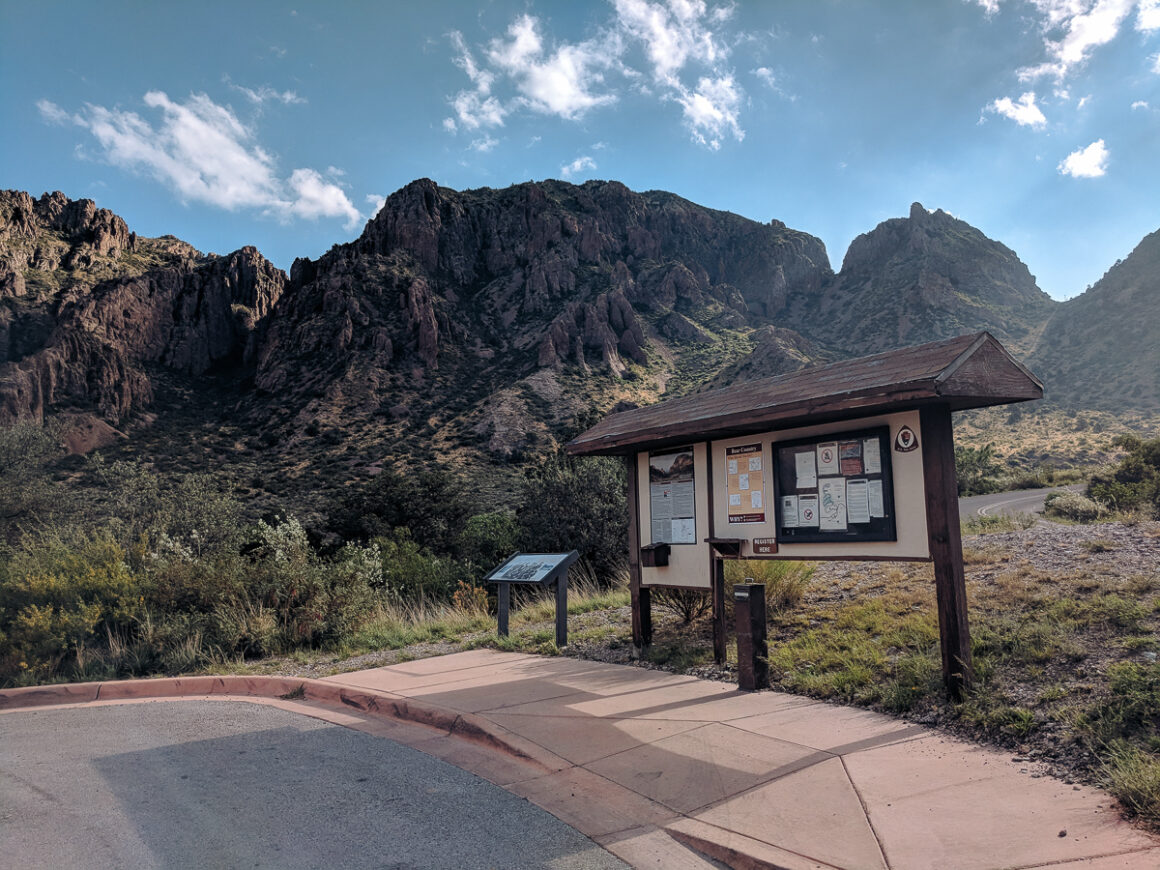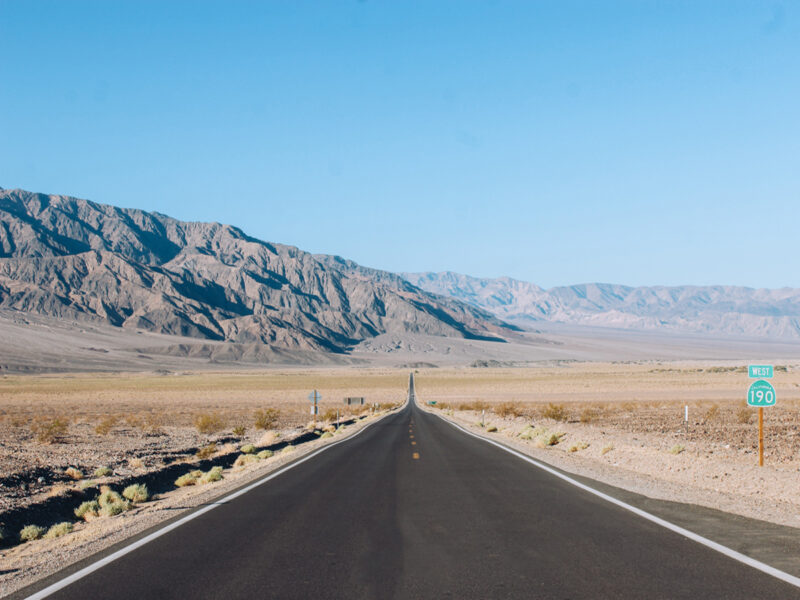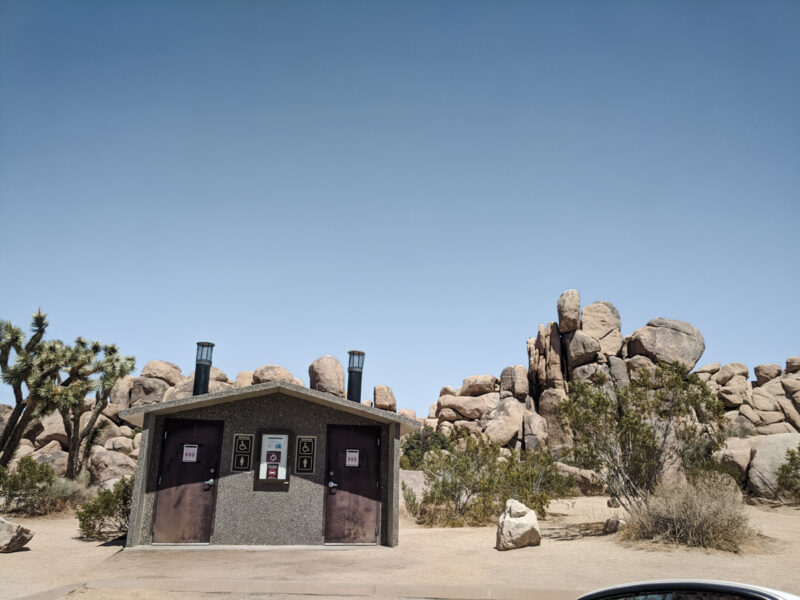Camping in Big Bend National Park: Best Campgrounds + Where to Stay Nearby
Camping in Big Bend National Park is one of the best ways to experience Texas’ most remote national park. Whether you want mountain views, desert solitude or easy access to the best hiking trails, staying in the park – or as close as possible – cuts down on long drives and gives you more time to actually see the sights instead of spending hours on the road.
This article contains affiliate links. That means I may earn a commission, at no extra cost to you, if you book or buy something through a link I provide. This keeps Southerner Says online and on the road. Thank you for your support.
Camping in Big Bend National Park
In this Big Bend National Park camping guide, you’ll find everything you need to plan your trip – developed campgrounds, backcountry options, nearby places to camp and updated tips to help you choose the best spot for your Big Bend adventure.
Finding camping in Big Bend National Park takes a little strategy. All of the developed campgrounds – and many of the backcountry sites – are reservation only and the most popular spots can book out months in advance during high season. If you know your dates you should make reservations as early as possible.
If your trip is more spontaneous, then flexibility is important. Don’t forget to check for cancellations often and look at less in-demand areas like Cottonwood Campground or the primitive roadside sites – if you have the right equipment and vehicle for it.
Also, it’s always a good idea to verify camping information on nsp.gov before you go. Once you’re on the NPS park homepage, clicking on Plan Your Visit and then Eating and Sleeping will get you to the official lodging and camping specifics. Additionally, you can look up camping info on recreation.gov and make reservations there.
If you’re new to national park camping, you can also check out my guide on Camping in a National Park for tips that apply in any national park campground or download a free national park checklist to help you keep up with all the parks you’ve visited.
Chisos Basin Campground
Best for: cooler temps, mountain views, hikers
In the heart of the Chisos Mountains at 5,400 feet, Chisos Basin Campground is easily one of the best places to camp in the park. Even in summer, it’s often 10 degrees cooler than the desert floor and in winter the surrounding mountains help keep the coldest air from settling in the basin.
Sites include picnic tables, grills and bear-proof food storage lockers. Some have shade from trees and a few have covered concrete pads – perfect if you want extra protection from afternoon thunderstorms storms – which we experienced while there.
Important:
- The Chisos Mountain Lodge remains closed for renovations, and some backcountry sites in the basin area are also closed due to construction. Always check the current closure list before visiting.
- RVs over 24 ft are not recommended on the steep, winding road.
- Tents should be smaller than 8×8 ft, per NPS guidance.
Chisos Basin Campground Quick Facts:
- Open year-round
- Elevation: 5,400 ft
- 56 sites
- Reservation only
- $16/night
- No hookups
- Flush toilets
- Pets allowed
- Drinking water available
- No campfires
Rio Grande Village Campground
Best for: winter camping, shade options, river access
Located along the Rio Grande in the southeastern part of the park, Rio Grande Village Campground feels like its own little oasis. It’s a great choice in fall, winter and spring – but summer is brutally hot. When we were there in June, it was 112°F, and our Chisos Basin campground host said, “Ain’t nobody down there but the javelinas.” We checked and he wasn’t wrong.
The campground has both tent and RV sites (no hookups). All sites come with a picnic table, grill and bear-proof food storage and many have shade shelters. Potable water is available at filling stations throughout the campground and there are clean restrooms with flush toilets. During high season, the nearby camp store offers supplies, food and laundry facilities.
Rio Grande Village Campground Quick Facts
- Open year-round (some amenities close in low season)
- Elevation: 1,850 ft.
- 93 sites
- Reservation only
- $16/night
- No hookups
- Pets allowed
- No campfires
Rio Grand Village RV Park (Full Hookups)
Best for: RVers who want full hookups inside the park
Adjacent to the main campground, Rio Grande Village RV Park is the only full-hookup option inside the Big Bend National Park. It’s run by a concessioner, not the NPS, and spaces are tight but extremely convenient if you need electricity or air conditioning in the hotter months.
Rio Grande Village RV Park Quick Facts:
- Open year-round
- 25 RV-only sites
- Full hookups + dump station
- Reservations required
- Pets allowed on leash
- No campfires
Cottonwood Campground
Best for: privacy, shade, birdwatching, quiet nights
Located near the western entrance and close to Castolon and Santa Elena Canyon, Cottonwood Campground is maybe the smallest of the three developed campgrounds but it’s location makes it one of the best ones in the park. It’s peaceful, shady and more private than the other developed campgrounds.
Named for the cottonwood trees in the area, it’s a favorite for birders – check the sighting board near the entrance when you arrive. Sites have picnic tables and grills. Water is available and the restrooms are simple pit toilets. There are no hookups, fill stations or dumps and no generators are allowed, so it stays wonderfully quiet.
Cottonwood Campground Quick Facts:
- Open year-round
- Elevation: 1900 ft
- 31 sites (1 group site)
- Reservation only
- $16/night
- No hookups
- Bear boxes
- Pit toilets
- Drinking water
- No campfires
Backcountry Camping in Big Bend National Park
For those that enjoy dispersed, off the grid camping, Big Bend National Park offers two types of backcountry camping – and both require permits. It’s important to note that these sites have specific rules and regulations so always check nps.gov and recreation.gov for specifics.
Chisos Backpacking Sites
Note: Some Chisos Basin backcountry sites may be closed due to ongoing construction. Always verify current availability
Chisos backpacking sites are walk-in, no vehicle access, sites located anywhere from 1-6 miles from the trailhead. These small pull-in sites sit along the Basin’s narrow, winding roads and offer close access to major trails like Lost Mine and the Window Trail. Parking is available at the large amphitheater lot next to the Chisos Basin Campground.
These hike-to sites are small, scattered along the Basin’s network of trails and offer a more secluded backcountry experience than the developed campground
Primitive Roadside Campsites
Big Bend also has dozens of primitive roadside campsites scattered along remote dirt roads throughout the park. Most of these campsites require a high-clearance vehicle and many require 4×4 not AWD. Rangers will not issue permits unless your vehicle is suitable for the road conditions.
Thirty-four of the most popular roadside sites can be reserved in advance on recreation.gov up to six months before your trip. The remaining sites are available only in person at the Panther Junction or Chisos Basin Visitor Center, beginning 24 hours before your stay.
Quick Facts
- Site Type: Flat parking pad; some sites have a nearby vault toilet
- Water: None provided – you must bring all water
- Cost: $10 per night
Where to Camp Outside Big Bend National Park
Unlike many national parks, Big Bend is not surrounded by National Forest or BLM property. This means no dispersed camping outside the park and no overflow options at park entrances. Nor can you boondock or disperse camp just anywhere.
The NPS is very clear:
“There are no overflow campsites in or near the park. If you plan to visit during busy periods without reservations, come prepared with alternative lodging or camping plans.”
That said, the surrounding area has more private options than it used to.
Camping Close to the Park (Terlingua, Study Butte, Lajitas)
- BJ’s RV Park – established RV sites with hookups
- Terlingua Ranch Lodge Campground – tent & RV options; good space
- Roadrunner Travelers RV Park – newer, clean RV sites
- Basecamp Terlingua – glamping, not true camping, but incredibly popular
- Big Bend Station – lodging + camping pads; no public showers
Big Bend Ranch State Park
If you’re looking for public-land camping near Big Bend National Park, your closest option is Big Bend Ranch State Park, roughly 80 miles west. It’s stunning and worth a trip – but not ideal as a base for exploring the national park due to the driving distance.
If you are coming from the west, you could camp overnight in the state park, visit Big Bend the next day and then move on another area. Check out their website for all the campground info.
Other Non-Camping Lodging
What if you are that someone that doesn’t like to camp? The good news is the area around Big Bend National Park still has some good options.
Chisos Mountain Lodge (Closed for Renovations)
The park’s only in-park lodge is currently closed for a major renovation project. Check the NPS site for updates on reopening phases. The best part of the lodge was the view with floor to ceiling windows and a deck overlooking the mountains.
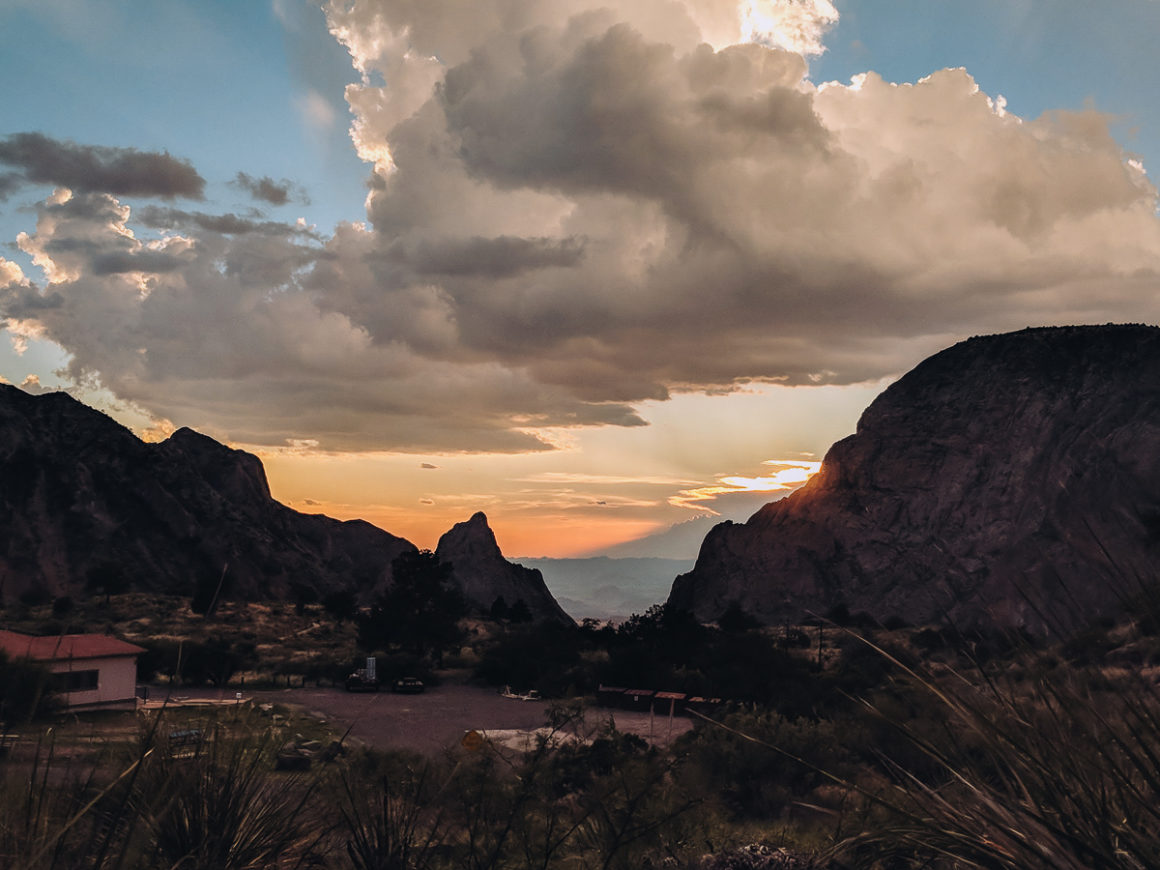
Lajitas Golf Resort
A full-service resort near the west entrance with a golf course, pools, spa, zip-lining, horseback riding, and dining. Great for families or anyone wanting a “treat yourself” stay after days of desert dust. The resort is approximately 20 miles from the west entrance.
When’s the Best Time to Visit Big Bend National Park?
High season: November through mid-April
- Mild weather
- Spring break is extremely busy
- Reservations required far in advance
Summer: Hot but peaceful
- Limit activities to early morning and late evening
- Much fewer crowds
- If heat doesn’t bother you, it’s surprisingly enjoyable
Big Bend Camping Tips
- Consider an America the Beautiful Park Pass ($80/year)
- Always check campground rules (quiet hours, generator restrictions)
- Visit the campground host when you arrive – they know everything
- Confirm fire regulations before lighting anything
- Use bear boxes and never leave food unattended
- Don’t feed wildlife – even the cute ones
- Watch the weather – summer storms blow in fast
- Stock up before you enter the park (Terlingua has limited groceries)
- Follow Leave No Trace
- Download the national park mobile app before you lose service
Final Thoughts on Camping in Big Bend
Camping in Big Bend National Park is one of the best ways to truly experience this wild and remote corner of Texas. Whether you choose a developed campground, a backcountry site or a nearby option outside the park, planning ahead makes all the difference.
As you’re mapping out your trip, check out my Big Bend National Park Road Trip guide (coming soon), which pairs Big Bend with Guadalupe Mountains for one unforgettable adventure. Until then, happy camping!

Author: Lori Blalock
A girl raised in the South, Lori is the founder of Southerner Says and a travel advisor with over 100,000 miles of solo road trip experience. Passionate about public lands, sunsets, and good barbecue, she writes about and helps others plan memorable getaways across the U.S., Mexico and the Caribbean. When she’s not on the road, she’s living life back home in Georgia


